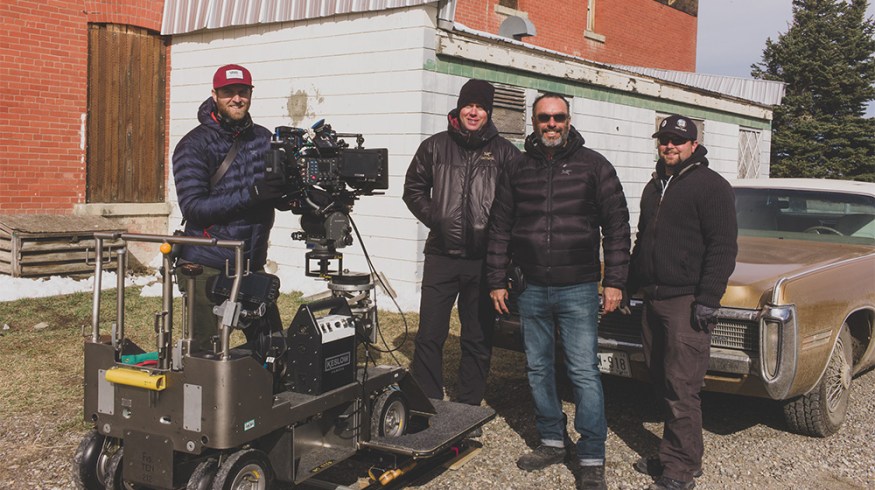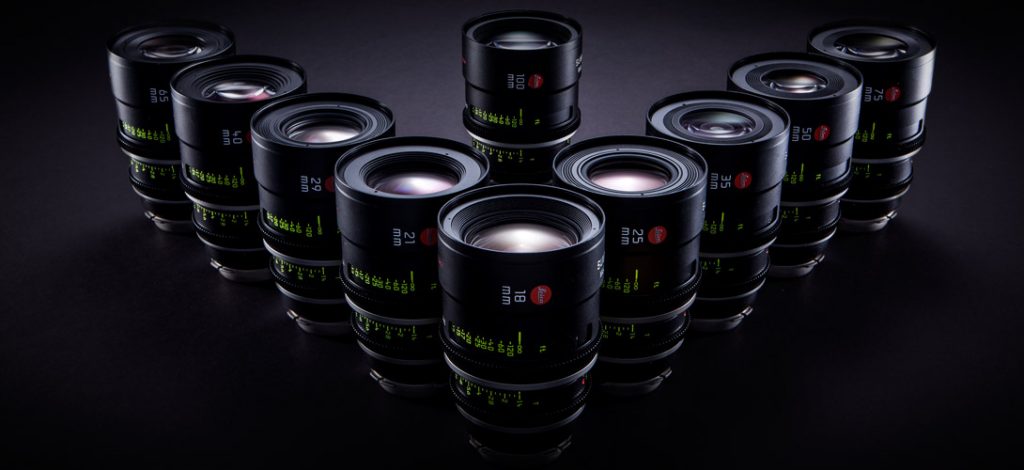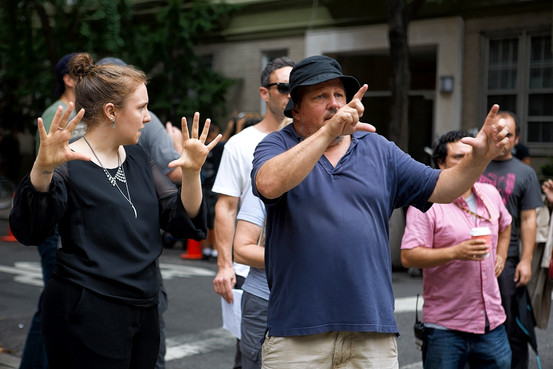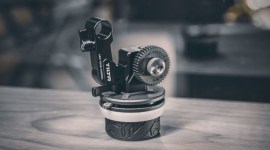
How to Create a Vintage Look in a Digital World
Learn how to create an authentic period look from the cinematographers behind Fargo and Stranger Things.
Cover image via Keslow Camera.
Dana Gonzales, ASC recently spoke about the light sources he used filming Season Two of Fargo. For a series set in the ’60s, he researched and found that the sodium vapor street lamps were not period accurate. He and his lighting team then fit all the street lamps — and other practical sources — with warm tungsten bulbs to match the color of light that would have been appropriate for the period.
In search of period-perfect nighttime ambience, Gonzales and his team replaced every sodium-lamp streetlight in the Canadian town standing in for Luverne, Minn., where hapless butcher Ed and his beautician wife, Peggy, have their shops.
We changed the bulbs of that whole street back to warm tungsten lights. I went to great lengths creating a mood with this kind of lighting because it pulls the audience into the world when the story takes place. People come up to me all the time and say, ‘Fargo reminds me of this street I used to live on in the ’70s without knowing why.’ Well, a lot of that feeling has to do with the color of the light.
Lenses

Vintage lenses are hot right now. Everything from Kowa Anamorphics and Canon K-35s are helping to provide this vintage look in the digital age. Each lens has unique characteristics. Even modern lenses can offer some vintage characteristics. For this reason, it’s always wise to test a variety of lenses if you’re going after a certain look. This is exactly what Stranger Things cinematographer Tim Ives did when creating the look of the show.
I found the Leica had a flatness and smoothness and roundness to them, which made the skin tone just beautiful and had that ’80s feel to them. We wanted the contrast and did not want it to feel flat and overlit. I wanted it to be dark. This is a horror fantasy show and wanted the details to be in the shadows.
Filtration
Filtration can play a huge role in achieving a vintage or period look. One of my personal favorites is Black ProMist diffusion for achieving a vintage vibe. It introduces a beautiful halation to the images and gives the shadows a pleasant creaminess while still maintaining contrast. It’s also a great way to soften up sharp digital images but maintain the sharpness in the eyes to create a perfect balance. Take a look at the video below to catch a glimpse at what the different strengths of Black ProMist can offer.
Art Department
Filmmaking is a team sport. One of the most important things to consider when achieving a period look is to work closely with the art department to achieve the desired outcome. No matter what camera and lens combination you use as a cinematographer, if the art isn’t period accurate, it will never sell the setting to an audience. Here’s what Tim Ives had to say about working with the art department of the show:
Chris Trujillo’s sets were just amazing. The love and care he put into them is what you see on the screen … Then you look at other departments, like hair and make-up and wardrobe. The hair was exactly how it would be in the ’80s. Everything we put in front of the camera really had the essence of those ’80s things we really love.
There are a lot of components that go into selling a period film. However, these four avenues will offer a great start on the path to achieving your desired look.
What techniques do you use to achieve a period look? Let us know in the comments.







